Social Media has Eliminated The Middlemen
In recent years, social media has transformed the landscape of many industries, and the art world is no exception. When one begins their journey as an artist, they aspire to be showcased in prominent global galleries. This was their chance to connect with potential buyers. But the times have changed. The rise of platforms like Instagram, TikTok, and Facebook has altered this dynamic, allowing artists to bypass these middlemen and sell their art directly to consumers.
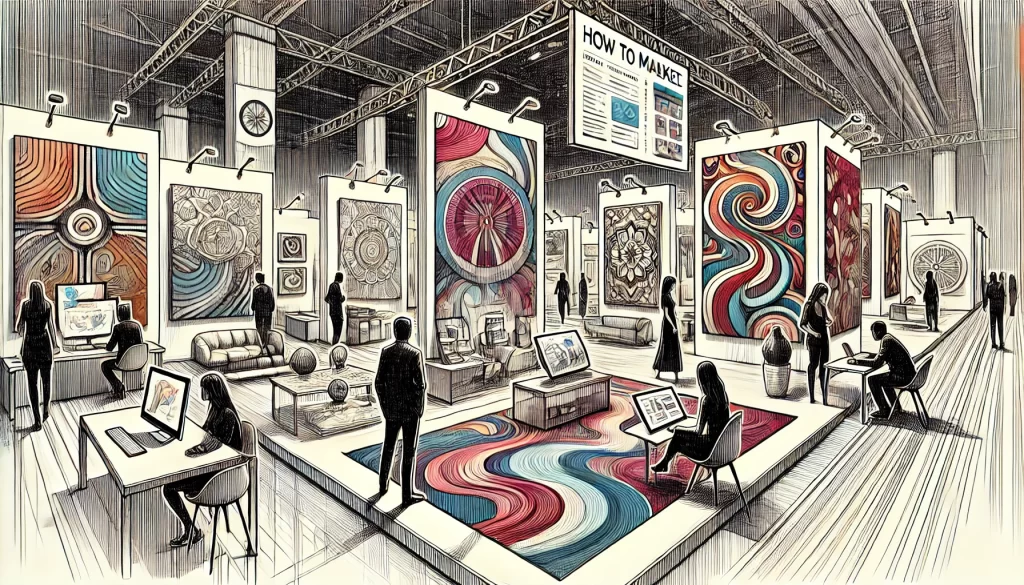
But don’t be fooled by the content. This shift is not just a trend; but rather a new wave of democratisation of the art marketplace.
Down with the Elites!
For decades, the art market has been characterised by exclusivity and gatekeeping. Art galleries often curate their selections based on personal taste and market trends. While it provides opportunities to many artists, it’s not enough. This reliance on intermediaries created a hierarchical structure where only a select few artists could access or afford the resources. Fast forward to today, and we can notice a gradual decline in the art transactions done by these galleries.

Social media came in like a wrecking ball that has dismantled these barriers. Artists can now share their work with a global audience at the click of a button. Platforms like Instagram have become virtual galleries, where they can showcase their portfolios. Hence, emerging and underrepresented artists are gaining visibility and recognition without relying on traditional gatekeepers.
A Direct Connection
Consider, social media as a phone call between the followers and the artist. There is a direct connection between artists and their audiences. Artists can share their creative processes, stories, and inspirations, building up a loyal fanbase and engaging with them. This personal touch assists them to build relationships with potential buyers. The two parties do not even need to be on the same continent; such is the power of social media.
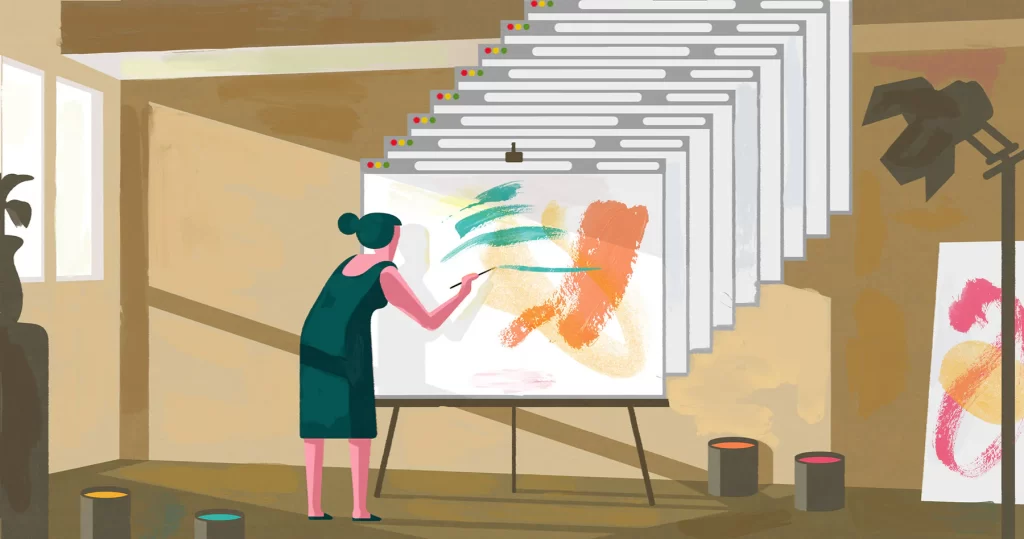
While you cannot tell Picasso how to draw, several artists do take in commission from their audiences. Shifting to their audience preferences opens up the path to popularity. The unparalleled real-time interaction (that only social media can) creates a dynamic marketplace where art is not only sold but also discussed and appreciated within the online community.
E-commerce and Social Selling
When social media began, it was merely a tool to connect people. However, with niche marketplace and the integration of e-commerce features into these platforms, artists are empowered to sell their work directly. Instagram, TikTok, and Facebook have introduced shopping functionalities that allow users to purchase artwork directly from an artist’s profile.
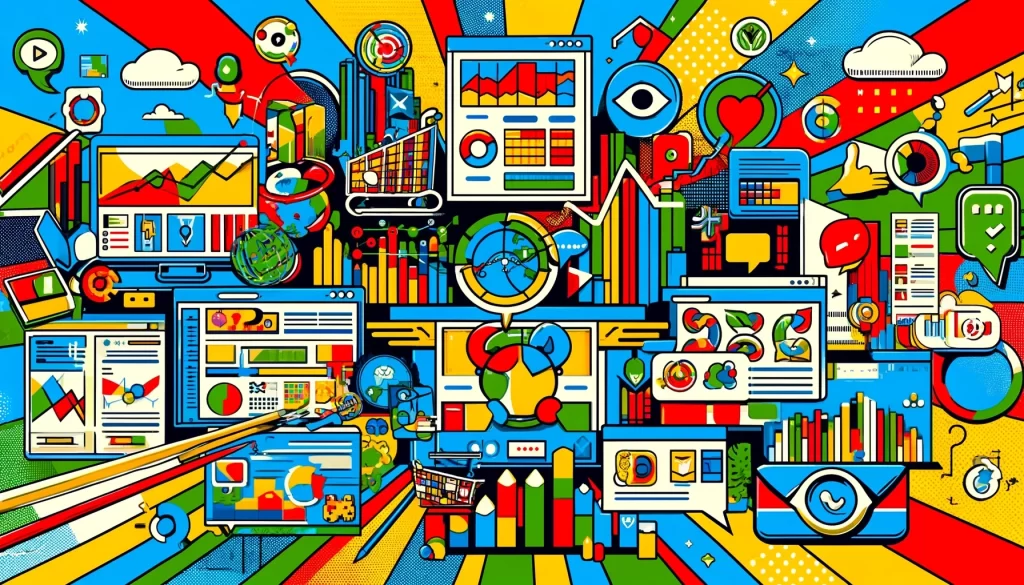
The shopping experience is seamless and esoteric. The customers have the advantage to choose and the artists, well! They set their prices, retain more profits, and maintain absolute creative control.
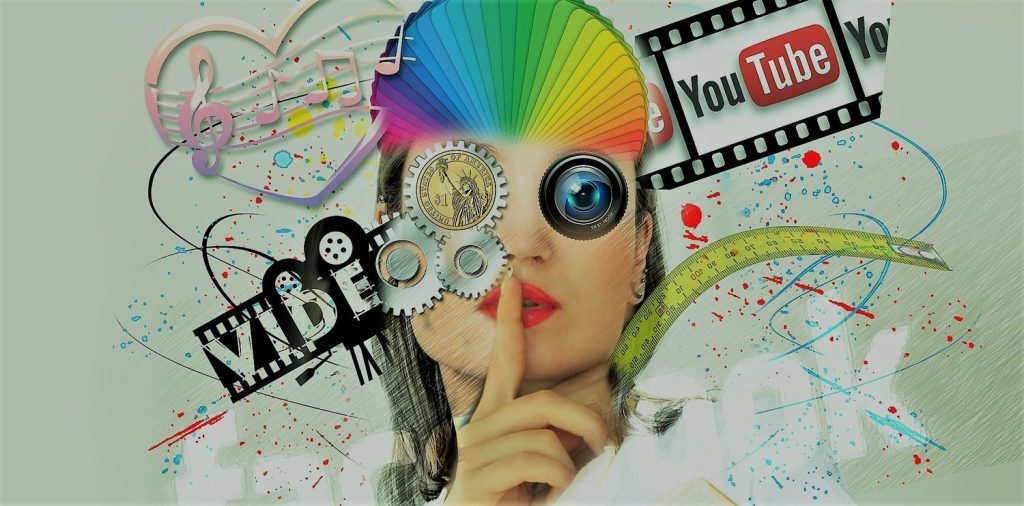
But that’s not all. With a nominal fee, artists can also utilize platforms like Etsy and Shopify. Once their small business sees a boom, they are creating their eponymous websites to create online stores, all the while promoting their work through social media channels. This phenomenon has diversified their income sources via myriad new revenue streams. Hence, they need not rely on the gallery sales.
Challenges and Considerations
While social media has democratized the art marketplace, it comes with its own set of challenges. With everybody jumping on the content-creation wagon, oversaturation is bound to happen, making it more difficult for artists to stand out. Coupled with the pressure to constantly produce and engage can lead to burnout. Additionally, legal issues related to copyright and potential idea or art theft are just some of the concerns that artists must navigate.

Moreover, the shift towards direct selling means that artists must also become savvy marketers, requiring a new set of skills that may not align with their creative practice. Balancing the artistic and business aspects of their careers can be a daunting task. But then again, what are marketing agencies for?
Image Courtesy – Stronddo Art
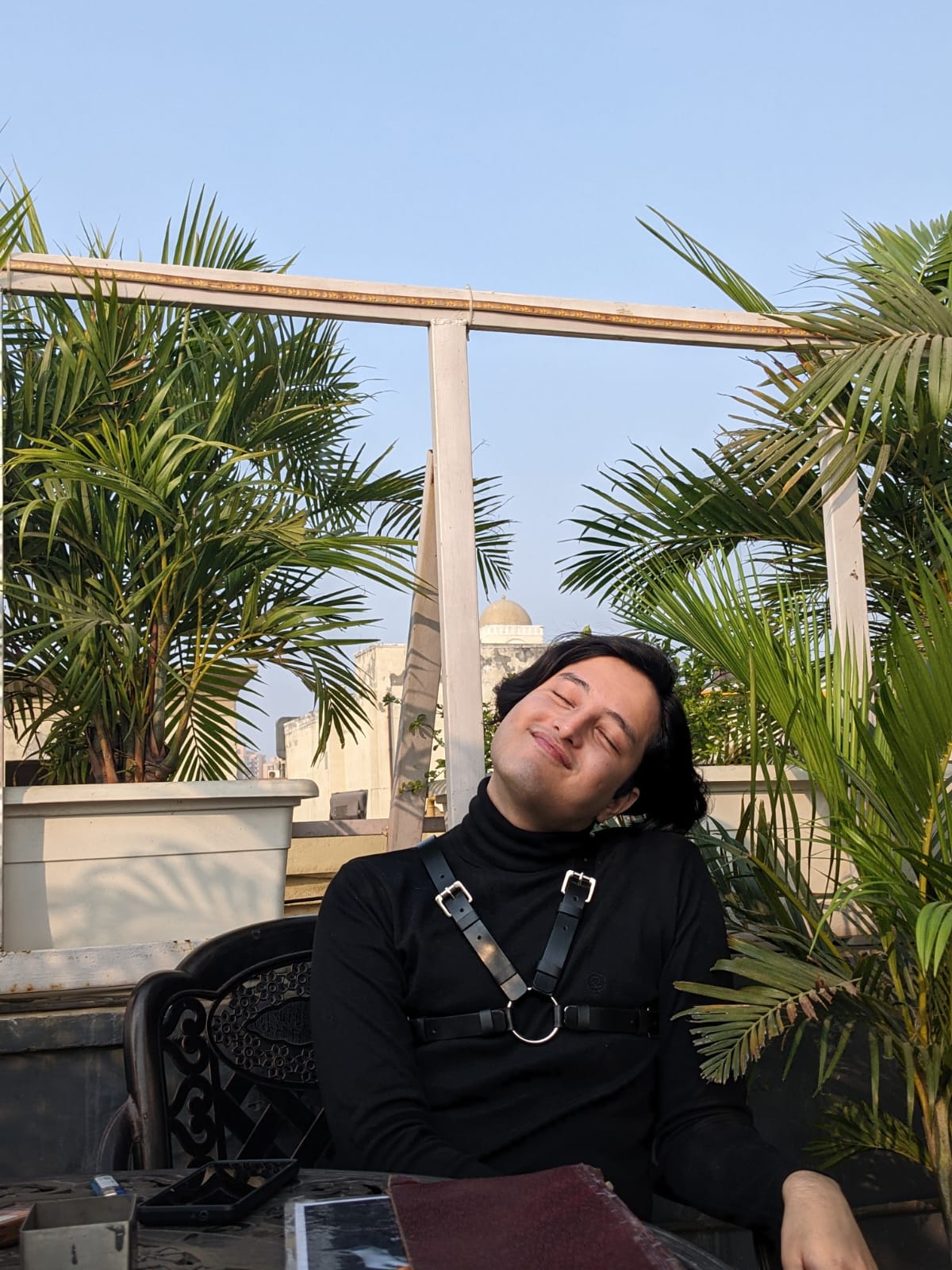
Hi Ya’ll !!
I love writing about pop culture and all things queer.
Sub Editor at Abir Pothi





